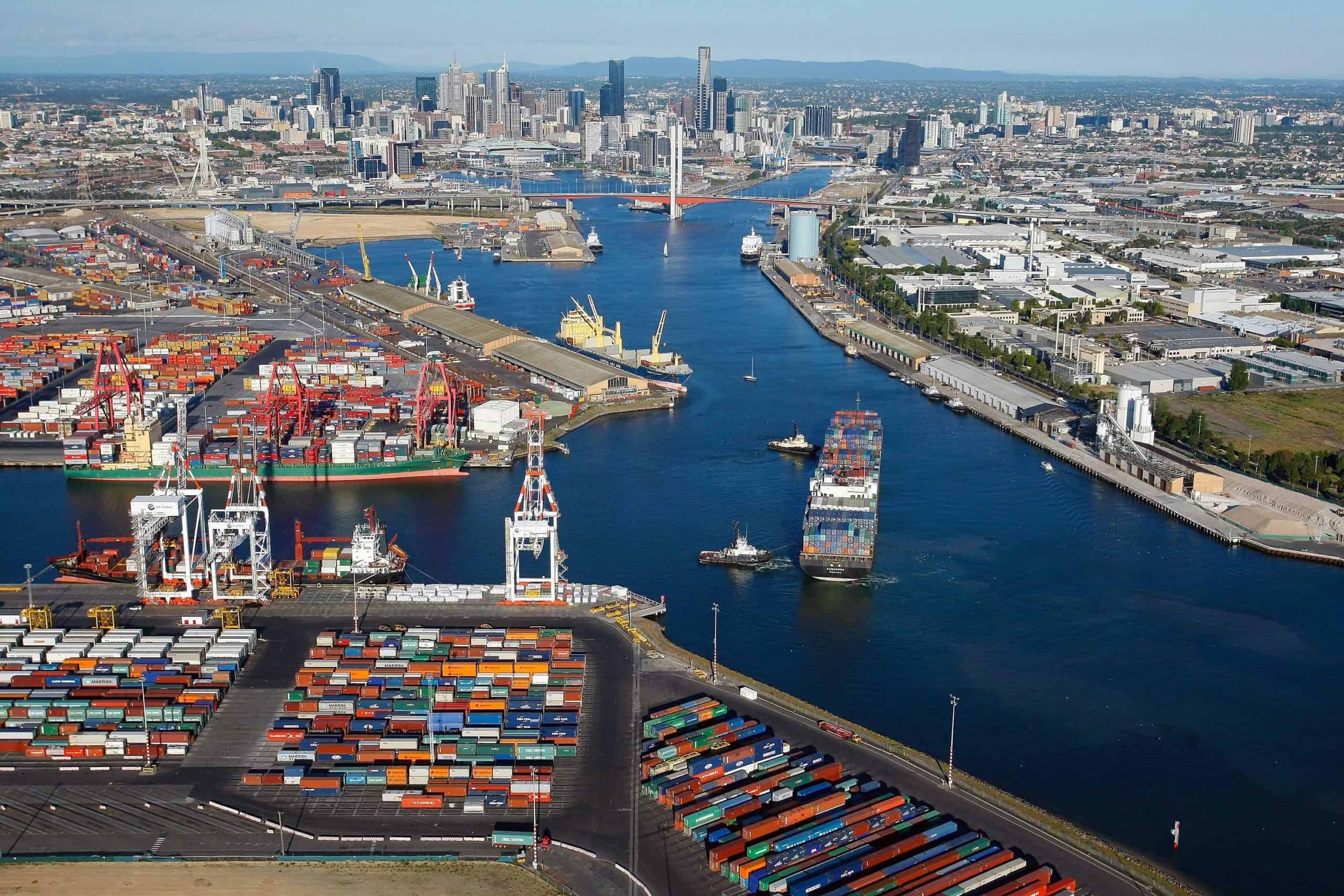While in many countries there are strict criteria set regarding the limitation of the use of fleet, the developing countries view these criteria “more lightly”. For good reason, when a European cargo ship has served its purpose, it leaves for the third country, where it turns out to be good enough and usable for many years, until it is cut into scrap.
The experts estimate that during the coming 10-20 years there will be so many changes in the shipping that we have experienced with last 100 years. The main issues the representatives of the industry deal with are the reduction of the harmful emissions and the content of sulphur that gets into the environment from the old ships. Besides – starting from 1 January 2020 the indicator of emissions shall be reduced from 3.5% down to 0.5%, which is a significant decision in relation to both environment and human health.
Almost equally important in the agenda are also the issues of cyber safety, e-navigation, as well as rapidly growing building of autonomous ships.
Shipping is an important element of global supply chain, and it should be ensured that shipping continues to contribute to the sustainable development that meets the modern society’s hope for safety, environment and social responsibility. Thanks to opportunities offered by new technologies, shipping is on the border of a new age that will create a new generation of ships.
At present, the international shipping is a comparatively easy prey for hackers. The new regulations regarding cyber safety will come into effect in 2021; therefore shipping continues to study artificial intelligence, automation and other new technologies with the purpose to develop ships that could cross the oceans without crews.
Safety of cargo ships is vital for global economy. According to IHS Markit Ltd. and the International Chamber of Shipping data, in 2018 all over the world 59,000 cargo ships carried approximately 90% of the global trade volume.
Number of cargo ships (green) moving in the global waters in October 2019. Source: edition.cnn.com
The number of ships in the global waters makes to think, how they annually pollute the environment by emitting millions of tons of greenhouse effect gas. They emit sulphur dioxide – a pollutant, which is related to the respiratory diseases, as well as they emit carbon dioxide and methane – gases that cause global warming.
According to World Economic Forum data, if shipping would a country, it would be the sixth most considerable polluter in the world. The ships carry more than 90% of the sold goods, besides – industry has grown rapidly. The International Chamber of Shipping forecasts that by mi-century the emissions will increase by 50% to 250%, if the ships would burn the fossil fuel. In 2050 this would enable shipping to cause 17% out of all global carbon dioxide emissions.
Modernization of ship and the greatest challenge of shipping – giving up fuel oil – diesel that is used by most of the world’s tankers and cargo ships. Many companies focus on liquid natural gas and biofuel as an alternative. For example, by 2021 Hurtigruten plans to operate completely hybrid fleet by modernizing all its 16 ships – combining accumulators and biofuel.
As strange as it could be, there are companies that prefer “green technologies” also in relation to cargo shipping. Namely, the ideology of cosmetics brand “Lush” envisages using opportunities provided by environment-friendly sailing vessels for transporting individual cargos. Sailing vessels do not belong only to the past. If we reasonably modernize and adapt them to modern requirements, we can discuss the green alternatives in relation to cargo shipping. The transportation of goods by sailing cargos conforms to the company’s ethics and ambitions to reduce harmful emissions. Most of the products, moved all over the world, starting from jeans to bananas, and to cars, are transported by cargo ships, and this causes about 3% of all global emissions (like aviation).
It’s true – there are also other problems in relation to greater use of traditional sailing vessels. Many ports that are adapted for modern container ships, discontinued accepting older ships, and there should be changes made to adapt them.
Speaking about the automation and electrification of ships, then such type of alternative would primary better work for short trips. For example, in Norway the services soon will be offered by a new autonomous, electric container ship that annually will substitute 40,000 trips by a lorry. The most important disadvantage of such ship are frequent intervals between trips due to the charge the accumulator; crossing the Atlantic Ocean or the Pacific Ocean would be too much for such a ship. Of course, accumulator technology facilitates the revolution of clean land transport, but it is very unlikely that completely electrical ships would sail over the seas before 2050. The electric accumulators cannot store enough energy for long distances.
There is also an opportunity to use the elements of hydrogen fuels, which could be adapted for longer trips; however, this technology is still under development process and it is sued in limited cases. There is a probability that accumulation of hydrogen is the largest stumbling block. The compressed hydrogen takes 15 times more space in comparison to diesel for the same energy quantity.
Meanwhile, France works on the development of a sailing ship that could be 136 meters long and, thanks to its massive sail, could carry around 500 cars. The use of wind for sailing is the only real way hw to radically reduce emissions from ships crossing the ocean.
Regulations that will limit the environmental pollution will raise the price of shipping fuel; thus the sailing vessels will become more competitive in the sense of costs than large engine-powered ships that can carry more cargo.



